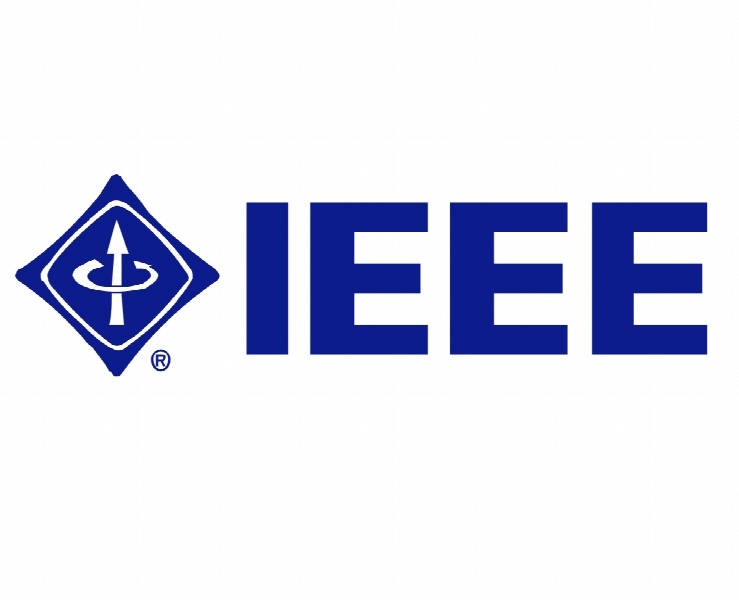آنالیز عملکرد دانشجویان با استفاده از تکنیک های داده کاوی Analyzing Performance of Students by Using Data Mining Techniques
- نوع فایل : کتاب
- زبان : انگلیسی
- ناشر : IEEE
- چاپ و سال / کشور: 2018
توضیحات
رشته های مرتبط مهندسی صنایع، کامپیوتر، فناوری اطلاعات
گرایش های مرتبط داده کاوی، نرم افزار، مدیریت فناوری اطلاعات
مجله چهارمین کنفرانس بین المللی برق – کامپیوتر و الکترونیک – 4th Section International Conference on Electrical – Computer and Electronics
دانشگاه Department of Computer Science and Engineering – Amity University
منتشر شده در نشریه IEEE
کلمات کلیدی انگلیسی Educational Data Mining, Learning Analytics, Predicton, Classification, Regression, Decision Tree
گرایش های مرتبط داده کاوی، نرم افزار، مدیریت فناوری اطلاعات
مجله چهارمین کنفرانس بین المللی برق – کامپیوتر و الکترونیک – 4th Section International Conference on Electrical – Computer and Electronics
دانشگاه Department of Computer Science and Engineering – Amity University
منتشر شده در نشریه IEEE
کلمات کلیدی انگلیسی Educational Data Mining, Learning Analytics, Predicton, Classification, Regression, Decision Tree
Description
I. INTRODUCTION The capacity to predict performance of a student could be valuable in an extraordinary number of ways. Education system all over the world has changed rapidly since vast research in the field of Educational Data Mining (EDM) and Learning Analytics (LA). The use of Data Mining (DM) techniques, machine learning methods and different statistical techniques in education is EDM. EDM uses the above mentioned techniques to explore data from educational settings to find out different patterns of student’s behaviors and predict performance of Student [1]. LA is similar to EDM and is a collection and analysis of usage data associated with student learning. This paper presents a literature review available on predicting student performance. It also explains various data mining techniques by which student’s performance can be predicted. Predicting student performance now can be considered a sub domain of EDM and LA with the emphasis more on predicting student’s success and failure and help student to achieve success. In this paper, will be discussing various data mining methods, machine learning algorithms and statistical techniques used in predicting student performance. The paper is divided into five sections. Various related literature review is presented in the second section. Third section describes data mining techniques and popular classification techniques used and tools which are generally used in research. Fourth section compares different classifiers; tools which supports techniques and authors cited by references who used techniques, algorithms and tools in their research, all represented in tables. Fifth section concludes the paper. II. LITERATURE REVIEW There are many papers published in the application areas of EDM & LA. Much research has been done in predicting academic performance of a student. In [2], a research was done to predict drop out students. The results proved that decision tress gives good accuracy. In [3], ANN techniques were applied to predict academic performance of students. In [4], three classification methods namely Naïve Bayes, neural networks and decision trees were used to predict student academic achievement. Naïve Bayes produced better results. In [5], Kabakcheiva used CRISP-DM model to predict student academic performance. He applied a Decision Tree (J48) classifier, Bayesian classifiers such as Naïve Bayes, BayesNet, Nearest Neighbor method (IBk) and rule learners namely OneR and JRip. Decision Tree had better accuracy than the rule learner JRip and IBk. Bayesian Classifiers had least accuracy. In [6], regression analysis was applied to predict student’s marks in a distance learning system. In [7], Genetic Programming was used with DM techniques to predict student failure. In [8], different DM techniques such as Decision Trees, Random Forest, Neural Networks, SVMs and regression techniques were used to predict secondary school student performance. They concluded that it is possible to predict final grades if previous grades are known. CRISP-DM is more popular with researchers as other DM process models such as SEMMA which is developed by one of the popular and biggest producers of analytics software, SAS Institute. [9]. It concentrates only on modeling tasks forgetting the business angles unlike CRISP-DM which has “Business Understanding Phase”. SEMMA intends to help clients of SAS Enterprise Miner. Applying it outside can be of no use. [10]. In [11], C. Romero introduced and applied classification via clustering while not using customary classification methods to predict pass or fail class. In [12], Jia et al predicted Students retention by combining SVM and neural network to improve classification accuracy.


